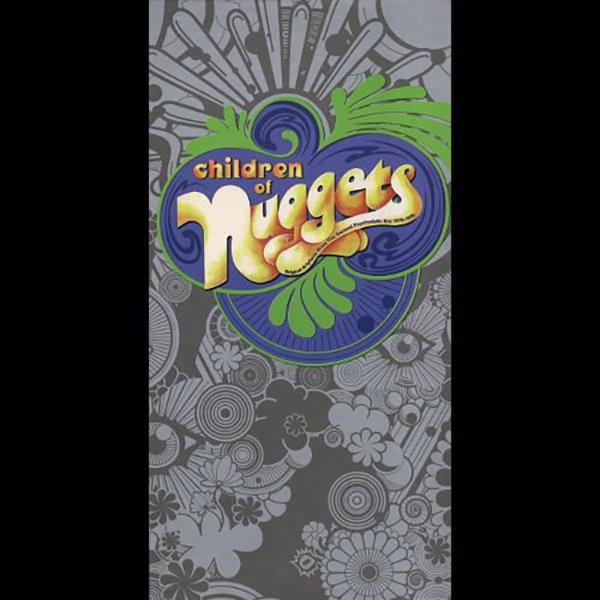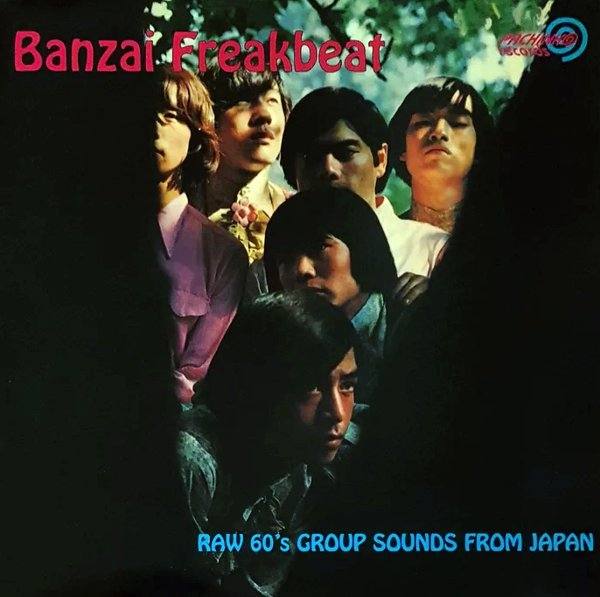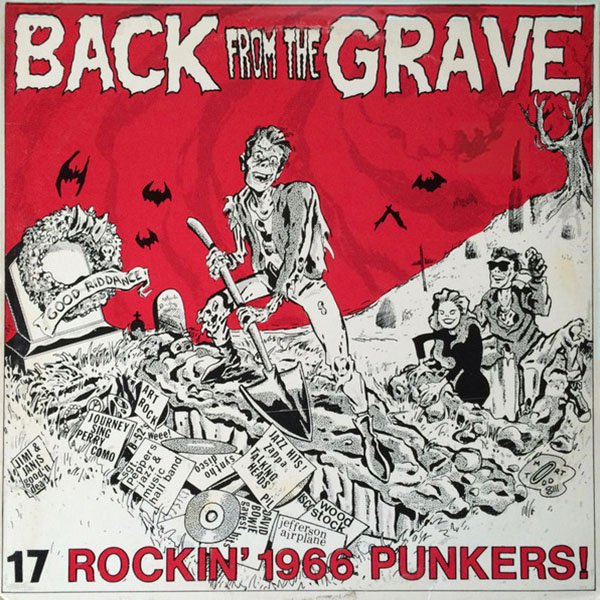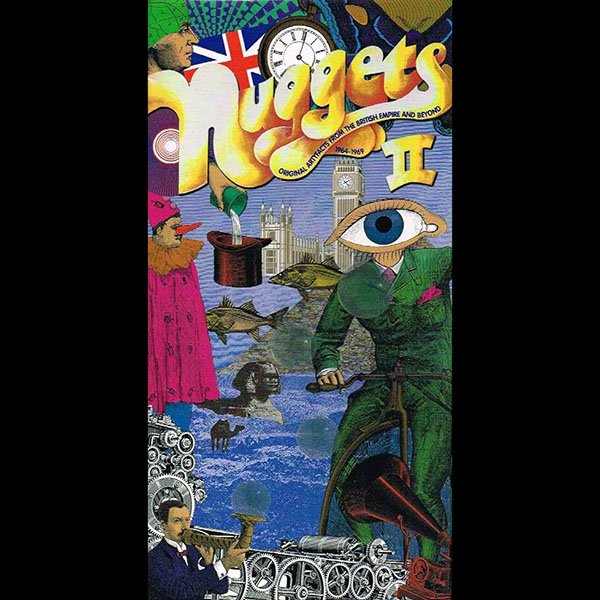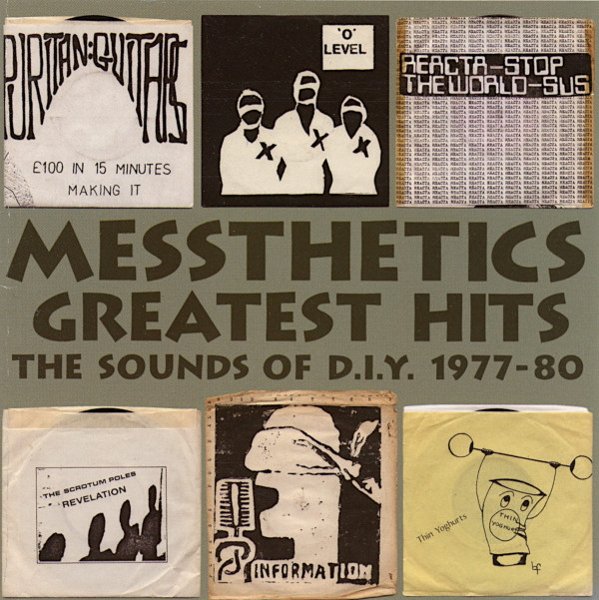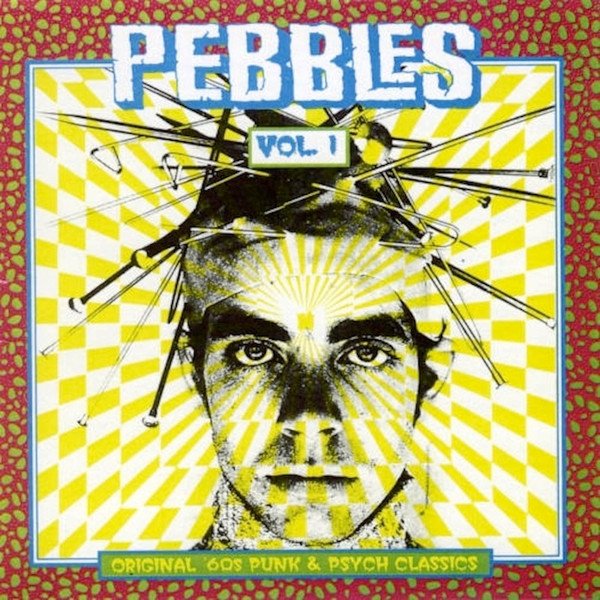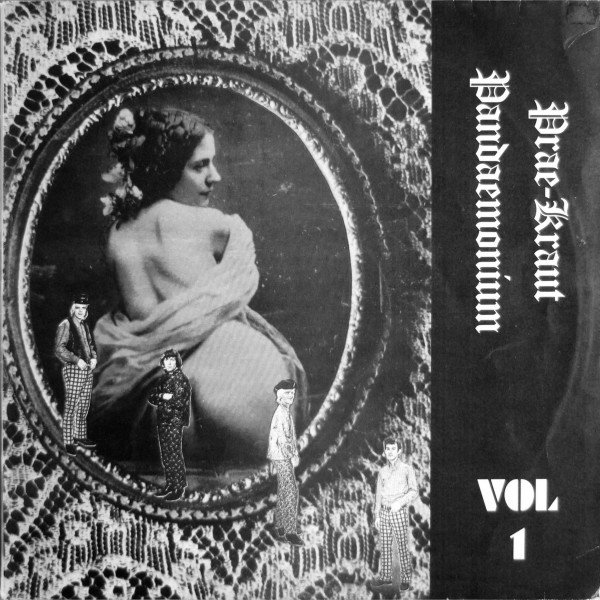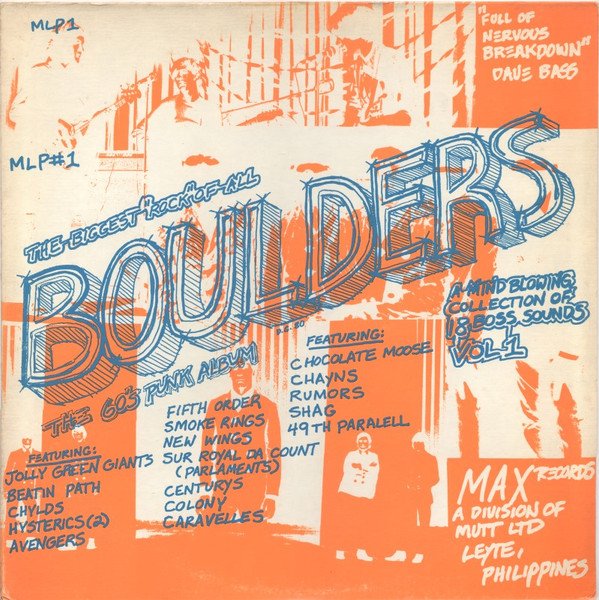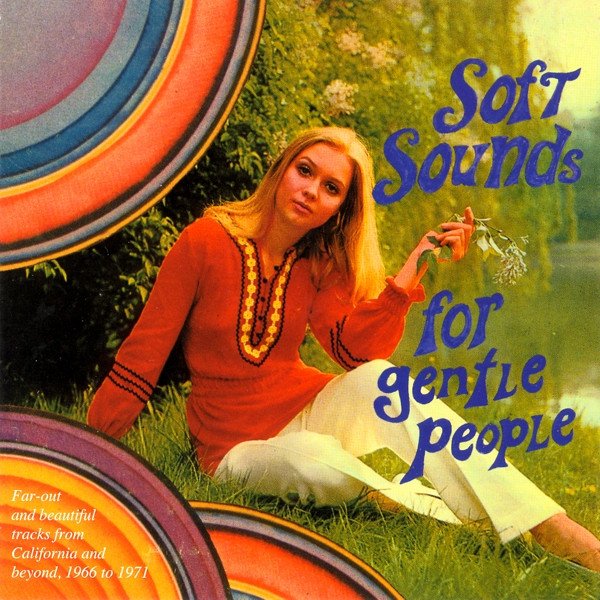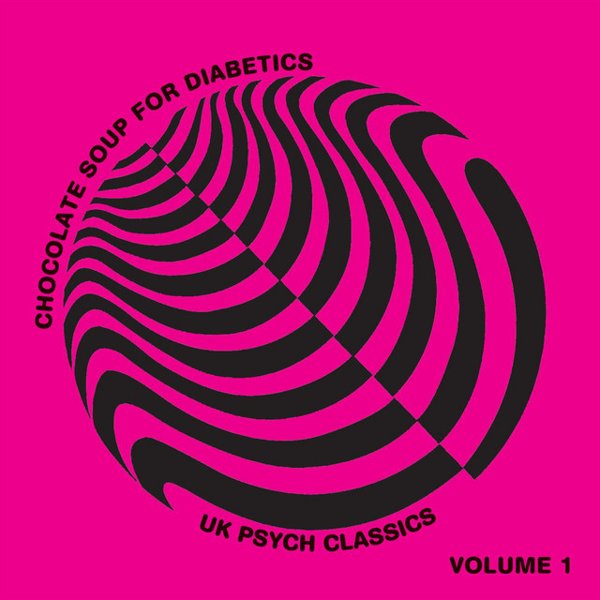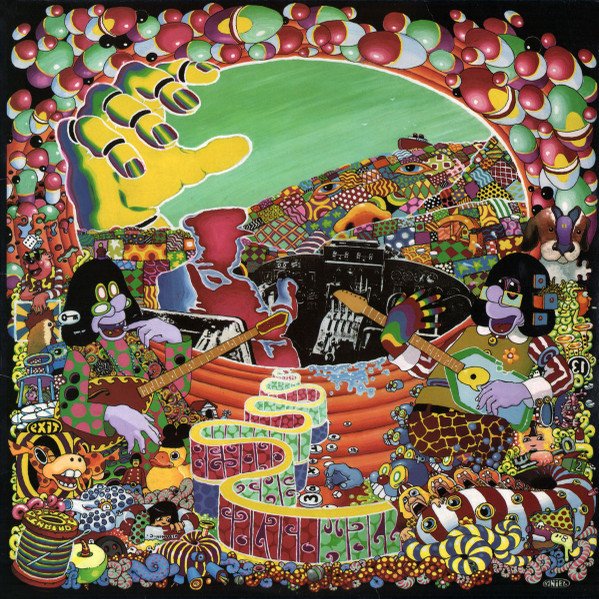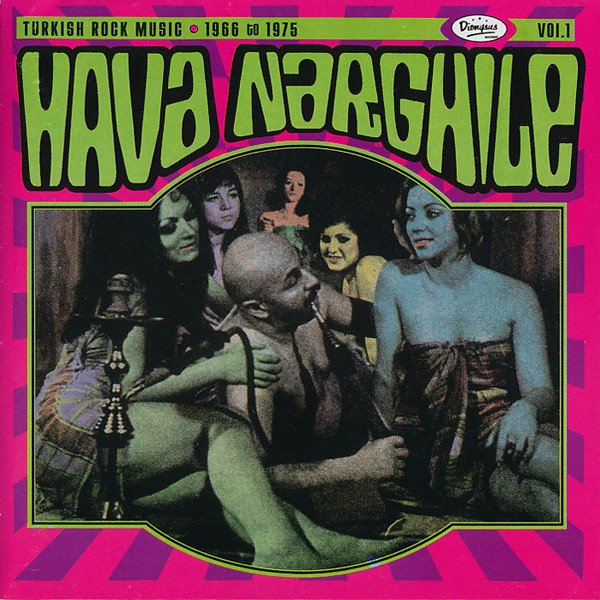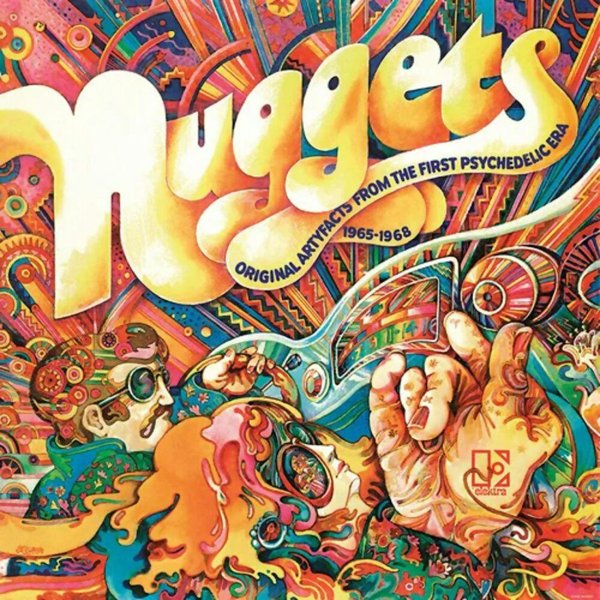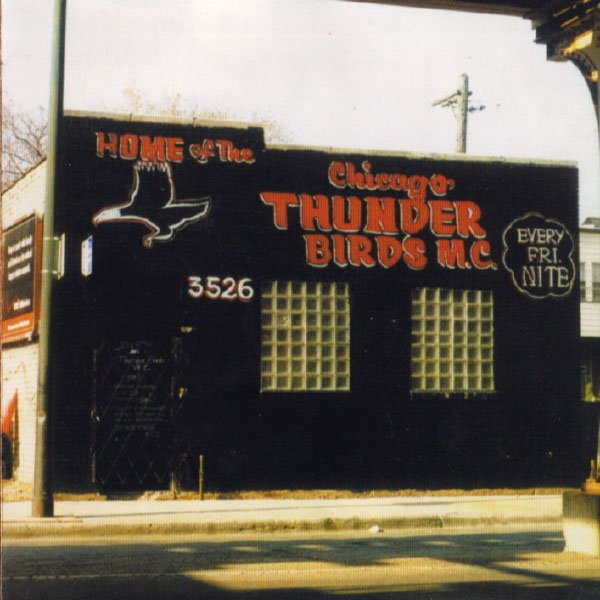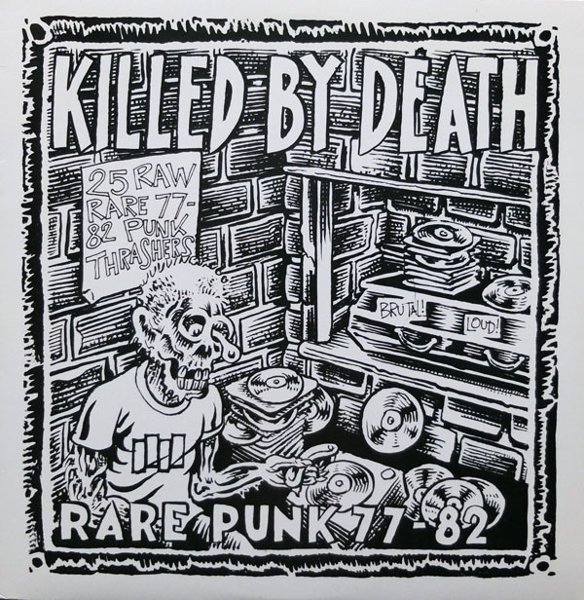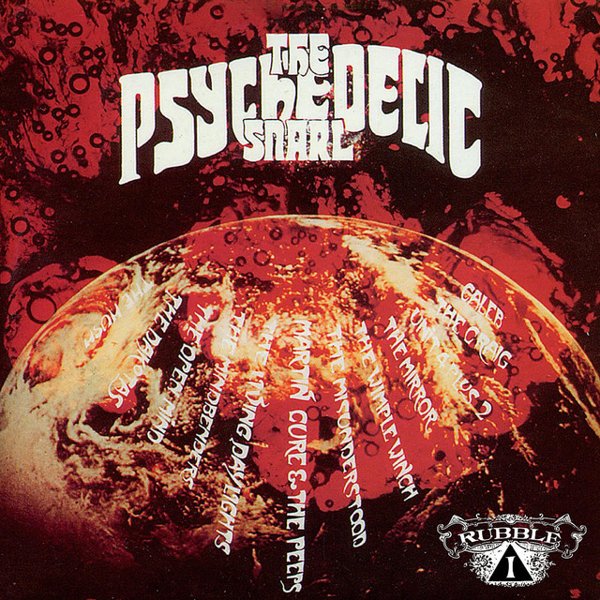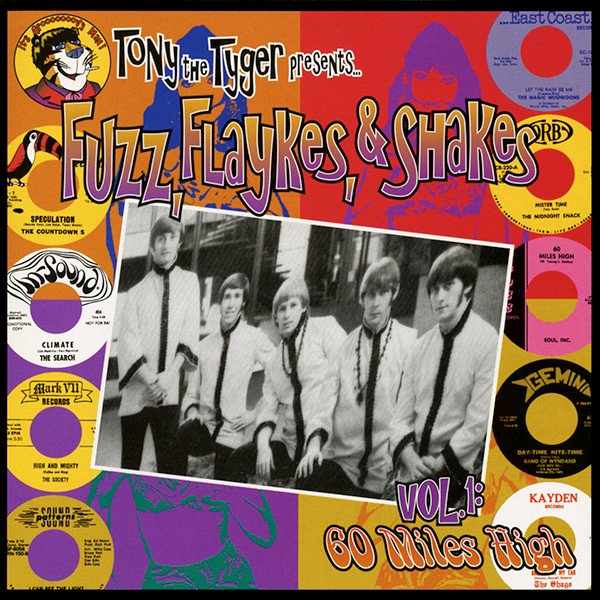Over the decades, any number of notable musical compilations that sought to look back and define a particular scene or approach have helped shape both how those recordings are considered and how far their influence has reached. To name just three of the most successful in American terms: Harry Smith’s 1952 Anthology of American Folk Music compilation on Folkways became a subcultural lodestone for generations of folk or traditional artists since; Art Laboe’s Oldies But Goodies series, begun in 1959 on his Original Sound label, not only immortalized one of his favorite DJ terms but became a beloved decades-long overview of early vocal group and rhythm and blues classics; Louis Flores and Leonard Roberts’s Ultimate Breaks and Beats compilation series, starting in 1986, helped popularize and codify songs across the map with notable drum breaks which became part of hip hop’s international lifeblood. When it came to rock music as such, perhaps its most famed example resulted from a question posed to Lenny Kaye, a young writer, record store employee and Elektra Records scout in early 1970s New York, by the label’s legendary founder Jac Holzman: “Would you assemble a list of songs for me?” That was the origin of Elektra’s 1972 release Nuggets, whose impact, in ways that could be both inspiring and accidentally limiting, is arguably still playing out to the present day.
Kaye, who went on soon after to become Patti Smith’s long-running guitarist as well as an author, DJ and compiler, originally wanted to do a whole series of single-album collections looking at many of the inspired one-off hits or near-total obscurities that had emerged during the explosion of rock bands performing and recording in mid-1960s America, particularly in the wake of the British Invasion. With Holzman suggesting that a double album overview would work better, Kaye, with the help of label lawyer Michael Kapp, worked to create an initial entry notable for several factors: direct, formal licensing of the recordings from labels big or small, detailed liner notes from Kaye with as much accurate information as possible regarding each of the bands and their featured songs, and that catchy title, suggested by Holzman, matched by trippy album art by Abe Gurvin. While the compilation was no chartbuster and a planned second volume never came to pass, its reputation steadily grew among musicians and listeners drawn to its kaleidoscopic energy, not to mention Kaye’s informative approach in a time when such band histories would have been hard to find outside of very specialized press. While psychedelia and garage rock were among the most well known terms for Nuggets’s contents, not for nothing did Kaye’s use in the liner notes of the term ‘punk rock’ have a further impact in New York, London and well beyond in the years to follow.
By the late 1970s and start of the 1980s, newer waves of compilations openly indebted to the Nuggets approach of presenting curios and obscurities began to emerge, though in wildly different ways and with sometimes scattershot documentation and context from its creators. While the Rhino label inherited the Nuggets title itself and put out its own series of enjoyable comps starting in 1984, several notable efforts had already emerged taking even deeper dives, in American terms particularly. This was quite often due to work by bootleg labels or grey-area operations from enthusiasts, via a variety of knockoff series down to the title, notably including Pebbles and Boulders. Another strong effort, the Back From The Grave series on Crypt Records, was more above-board and arguably even more dedicated to underground or regional releases, while in the UK the Rubble series on Bam Caruso and the earlier bootleg Chocolate Soup for Diabetics releases, among many others, provided a centerpiece for that country’s own 1960s obscurities. In combination with both music press attention and, notably, a wide variety of underground bands worldwide finding their own ways into garage and psychedelia in the 1980s, soon a veritable cottage industry of such compilations sprang up over the years; indeed, by the end of the decade late 70s punk itself, part of the original wave that Nuggets had been a touchstone for, began to see its own arcane recordings get treated similarly.
At the same time, something became a little more obvious as time went on: what had begun as Kaye’s earnest interest in a field, just one of many areas of music he himself enjoyed, felt increasingly coded and overdetermined by many Nuggets-and-descendents releases as an audibly and lyrically boys-only zone – not to mention a notably white and English-speaking one, effectively drawing a self-referential line around the sound. As the 1980s and 1990s progressed, increasing numbers of compilations sought to cast much wider and more inclusive nets. The Girls in the Garage series kicked off a better understanding and appreciation of bands consisting of or led by women during that original era, while a massive number of compilations, from labels near and far, steadily took deeper plunges into then-contemporaneous 1960s scenes in the wider Anglosphere as well as Europe, Asia, South America and beyond, demonstrating just how widespread the impact of such music at the time actually was. Both vinyl and increasingly CD bootlegs, as well as CD rereleases of some of the original records from earlier years, often sparked wider attention and official reissues.
Following a notable 1998 expansion of the original Nuggets album by Rhino into a four CD box, with two equally extensive sequel sets appearing thereafter, the 21st century then saw an ever expanding range of what could be considered, where garage and psych comps were less central to the story of that era of rock and roll and more just a part of a universe of expressions across the world in the days when vinyl was king. Black artists doing adjacent work received overdue attention, UK bands in the supposed dry gulch periods of the pre-punk 70s were newly celebrated alongside even more grassroots DIY efforts in punk’s wake, even more worldwide scenes were given new and more thorough attention, while one of the most noted CD bootleg series of the early 2000s flipped the original concept on its head with, as its title put it, Soft Sounds for Gentle People, looking at the quieter side of a lot of Nuggets-adjacent musicians and others from the late 60s. With everything from small archival releases to carefully curated blog downloads to YouTube’s slumgullion of single rips and random playlists and much more continuing to showcase this range of music to the present day, the impact of Nuggets itself, now half a century old and counting, may no longer be quite as central in musical discourse, but the inspiration the original release provided still carries forward.

